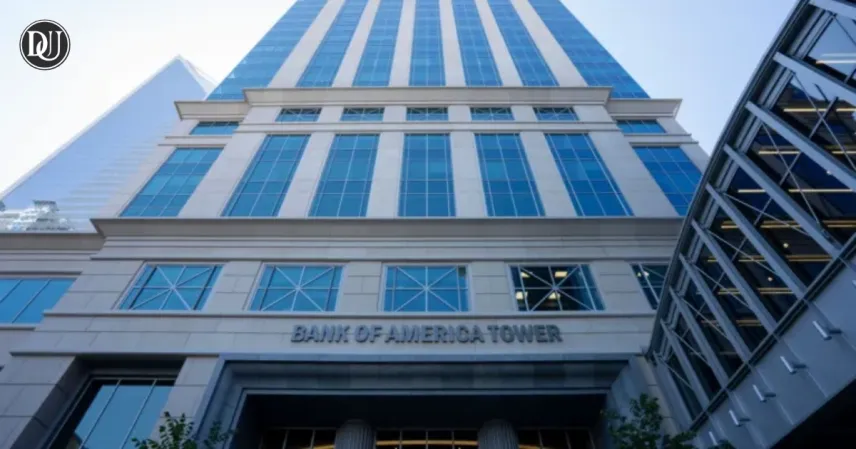🚨 What Just Happened?
Bank of America has been ordered to pay a staggering $540.3 million after losing a legal battle with the Federal Deposit Insurance Corporation (FDIC). The issue? The bank was accused of underpaying insurance premiums it owed years ago — and now it’s time to pay up.
🧾 The Reason Behind the Lawsuit
This all started because of how Bank of America reported its financial risk between 2013 and 2014. According to the FDIC, the bank didn’t fully report the level of risk it held in its financial dealings. That’s a big deal because banks are supposed to pay deposit insurance premiums based on their actual risk — and underreporting it means they paid less than they should have.
In short, the FDIC believes the bank shortchanged the system. And now the judge agrees.
⚖️ What Did the Court Say?
The judge reviewed the case and found that Bank of America’s arguments didn’t hold up. However, the court also noted that the FDIC waited too long to go after payments from before mid-2013 — so the penalty only applies to the time between mid-2013 and the end of 2014.
Still, the final amount — including interest — came out to $540.3 million. That’s a huge sum, even for a bank of this size.
🏦 How Did the Bank Respond?
Bank of America says it didn’t intentionally try to avoid paying and insists it acted in good faith. They’ve also said they were prepared for this outcome and already had funds set aside in case the judgment went against them.
🌐 Why This Matters
This case is more than just a headline — it’s a strong message to the entire banking sector. Regulatory bodies like the FDIC are serious about compliance, and even actions taken over a decade ago can come back with major consequences.
For everyday people, it’s a reminder that transparency, accountability, and fairness should matter at every level — especially when it comes to the institutions that handle our money.










